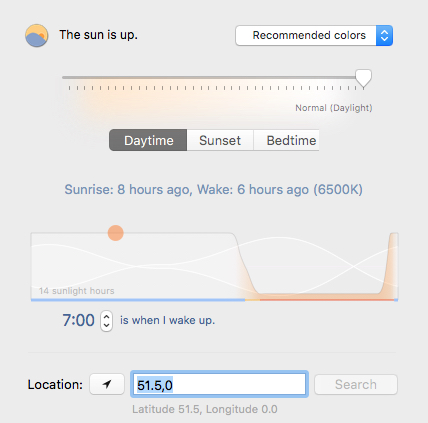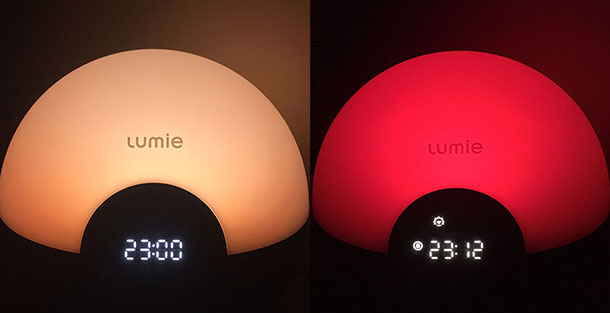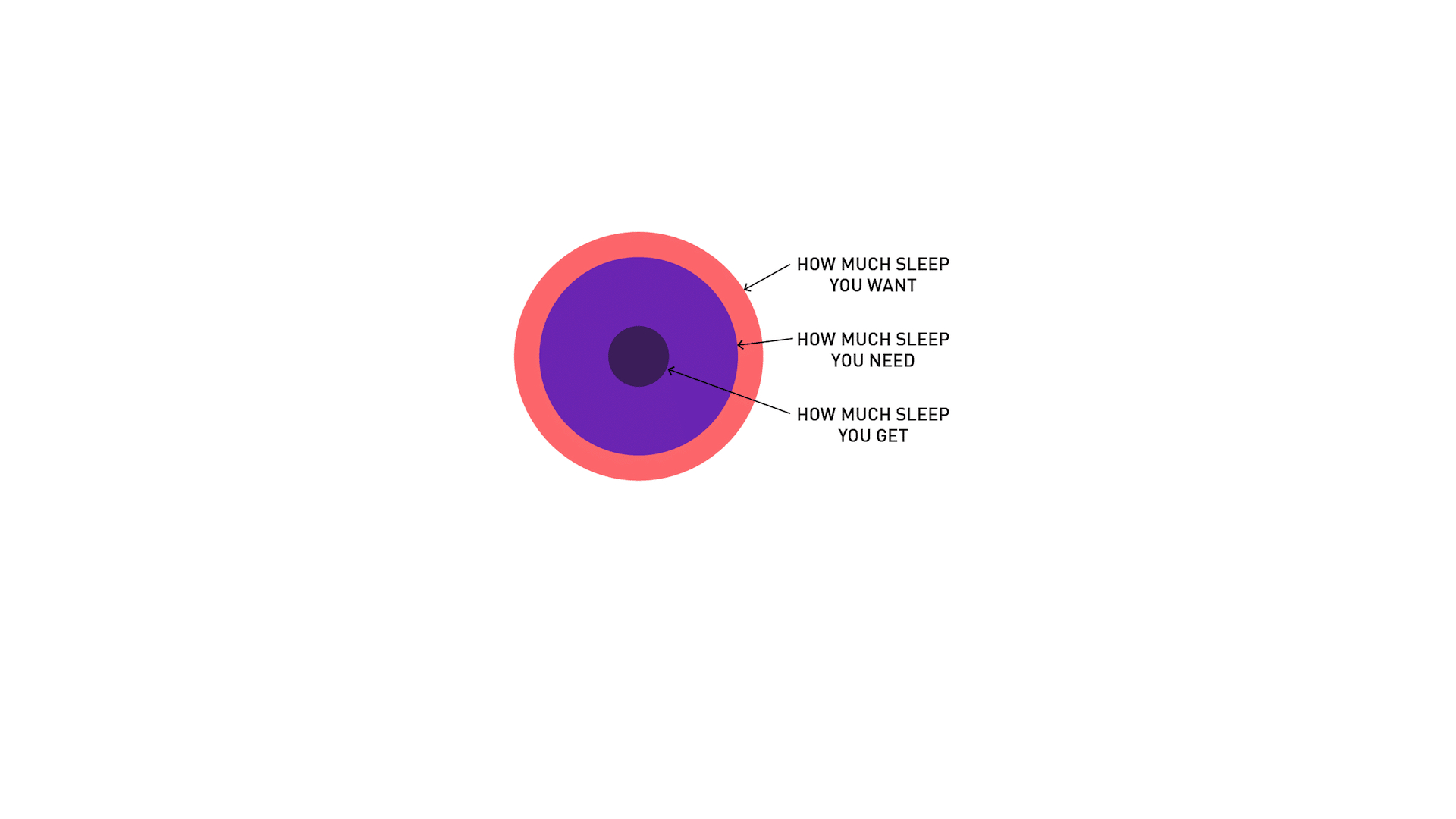Spice up your sleep life
How many times has the first thing you’ve said to someone in a day been “I’m so tired”? “I never get enough sleep”, “I wish I could wake up early”, “I need at least two cups of coffee to function”.
Being busy, the paragon of success in our modern society, is at direct odds with all of the facts and figures that we constantly debate about sleep. (By the way, busyness is rubbish.) We know that humans need eight hours of sleep, and that all of us are in sleep debt. We know that exposure to blue light before bed has a negative impact on your ability to fall, and stay, asleep. We know that environmental noise contributes to nearly one million life years lost from noise-induced sleep disturbance in Western Europe.
But most people find themselves checking their Twitter feed, catching up on the latest episode of That-New-Crime-Drama, or blasting their headphones to drown out the noise of their upstairs neighbour until the wee hours of the morning. We’re all bad in bed, thanks in part to the modern dependency on technology and the shift to a 24-hour day. As Robert Stickgold, director of the Center for Sleep and Cognition at Harvard Medical School puts it, “It seems as if we are now living in a worldwide test of the negative consequences of sleep deprivation”.
Ironically enough, the world seems to have turned to technology to fix our sleepless woes. Sleep aids were worth $2.2b globally in 2016 and only seems to be increasing with the miniaturisation of consumer-grade health data trackers. And so I, your faithful blog writer, have some recommendations if you’re looking to tech to fix your tech habit. A friendly disclaimer here: I wish I was lucky enough to be getting paid to endorse the products below. This is just for the fun of it.
The App store is full of programs that will modify the tint and brightness on your device based on the time of day; my personal favourite is F.lux. I’ve been using the app on my personal laptop for about ten years, long before I really understood what it was doing other than reducing eyestrain. You set the colour temperature and brightness based on your location and your wake up time, with the opportunity to manually adjust colours. And, for all you over-achievers, there is a “working late” function that keeps the screen at a slightly less amber tint in the late evening. We’ve done some studies in the office about these kinds of apps, however, and have found that instead of inhibiting blue light, the screens are simply emitting more yellow light. (This is anecdotal to us and our computers/ phones, if it works better on your equipment then let us know!)

Mindfulness, the hot new semi-scientific term we’ve all adapted as of late, is also reported to be helpful for sleep. At its base level, meditation is the practice of letting go, trying to find the quiet in a world of internal and external noise. The modern age’s take on learning how to meditate isn’t through any spiritual means, but through guided meditation Youtube videos and phone apps. I have now used Headspace a few times, and though the idea of trying to be relaxed made me anxious, the format and the duration of the sessions are easily palatable. If it’s any comfort to those of you saying “I would be terrible at meditating”, don’t worry, it’s not meant to be an easy thing to do. But, being able to relax for even 20 minutes a day is correlated with lowered levels of depression, chronic pain, and blood pressure. Most sleep disorders are closely linked to stress, and we all know where we stand on that topic. If you want a more sleep-focused way to wind down, Calm has a new Sleep Stories function, which is exactly what it sounds like. I have yet to use it myself, but I’ve read recently that Stephen Fry’s “Blue Gold” is an absolute gem.
In addition to apps, there is a massive market for wake/ sleep lights, which the lighting and product design community as a whole should really take note of. I tried to investigate the dimming curve and exact colour temperature range of the top picks on Amazon for this type of product and, well, the lack of information forthcoming was not encouraging at all. After much turmoil and frustration, I ended up giving the Lumie Bodyclock a go. Though that version has an auditory alarm clock built in, I’ve learned that it’s damaging for the body to be woken up with noise instead of light. Abrupt, loud noise sets the body into panic mode, which triggers the excretion of adrenaline and cortisol; basically, stressing you out before your feet have even hit the floor.
I received my Bodyclock at the most miserable time of the year, when London barely scrapes past getting eight hours of daylight. As a side note, my neighbours had recently decided to add a tree made of fairy lights to the back garden that defied all environmental and economic logic. I may as well have been snuggling a street light, so the option to leave the blinds open quickly fell away and I had to rely on the clock for both sleep and wake cues. Luckily, the sleep function is quite calming; you can have a 15- or 20-minute sunset effect that brings you through whichever amber-hue you choose down into a deep red.

The wake function similarly has a timer and a brightness setting; if you’re a heavier sleeper, you can have a 45-minute ramp up to your wake time. I usually wake up within about ten minutes of the sequence starting if I’ve had a good night’s sleep; my two back up alarms clean up when that fails. For me, using this kind of alarm was a wake up call (sorry) to how inconsistent my sleep habits have become over time. It’s a deceptively simple tool, and has helped me be more mindful of my daily routines, and even re-regulate from being abroad faster.
Overall, that technology and the research for this post has helped me sleep better—when I’ve controlled things like eating more than four hours before bed, putting my phone (more than an arm’s length) away an hour before hitting the pillow—and take better stock of the things that are important to me. I don’t think that relying on gadgets is the best way to get better sleep, but rather an awareness of what we’re meant to notice in our personal habitats. Lighting designers spend an inordinate amount of time thinking about mood, ambience, and energy in the spaces we design. When it comes to our personal health, however, do we spend time to take in the impact of our everyday environment, and how our fragile bodies manage in a world rife with constant bombardment of information and thus, stress?
My advice? Start taking stock of what you can and cannot control about your daily routine. Drink a lot of water. Take all of this information with a grain of salt; we’re still in the early days of understanding the long-term health effects of our modern environment. Remind yourself to put in the extra hours in bed. And then get all of your friends to be better in bed; practice makes perfect after all.
Banner image credit: Mitch Goldstein, Assistant Professor of Design at RIT
Blog post by Kael Gillam


